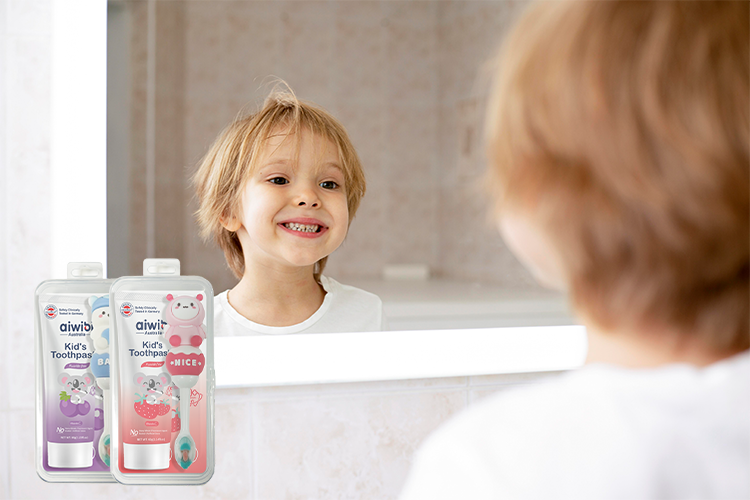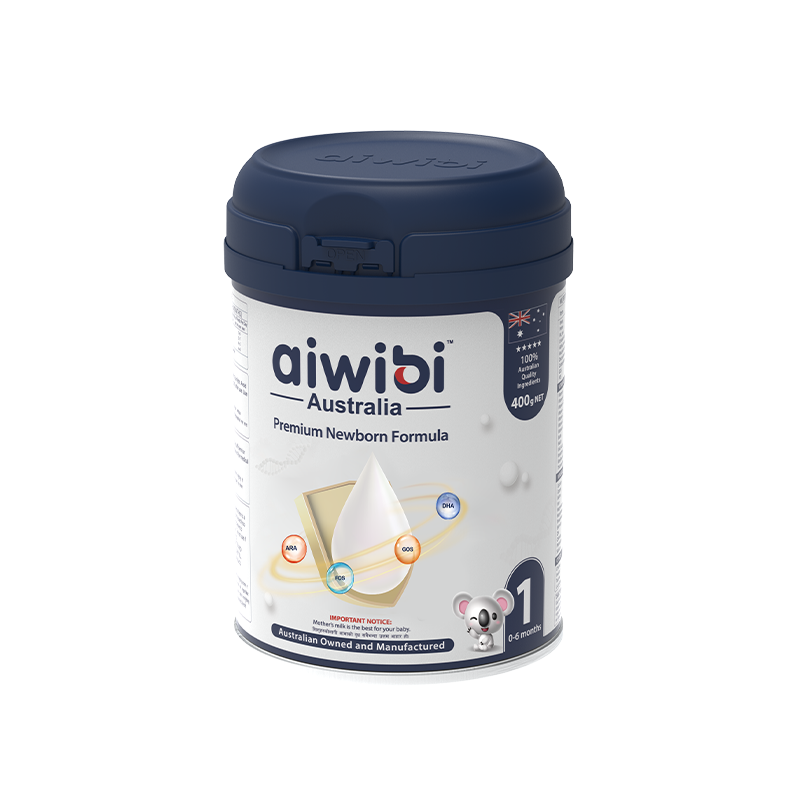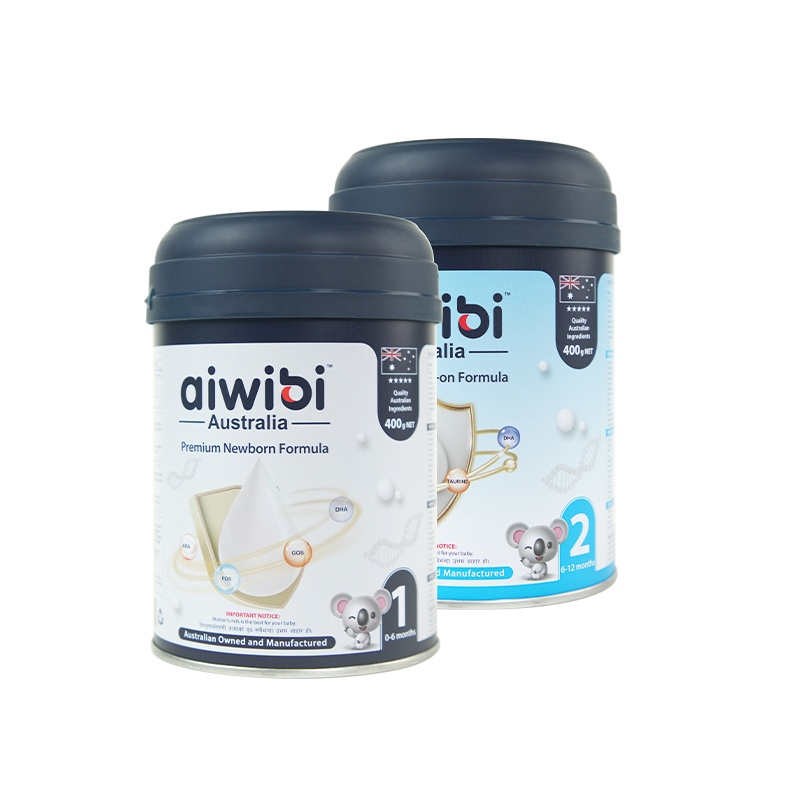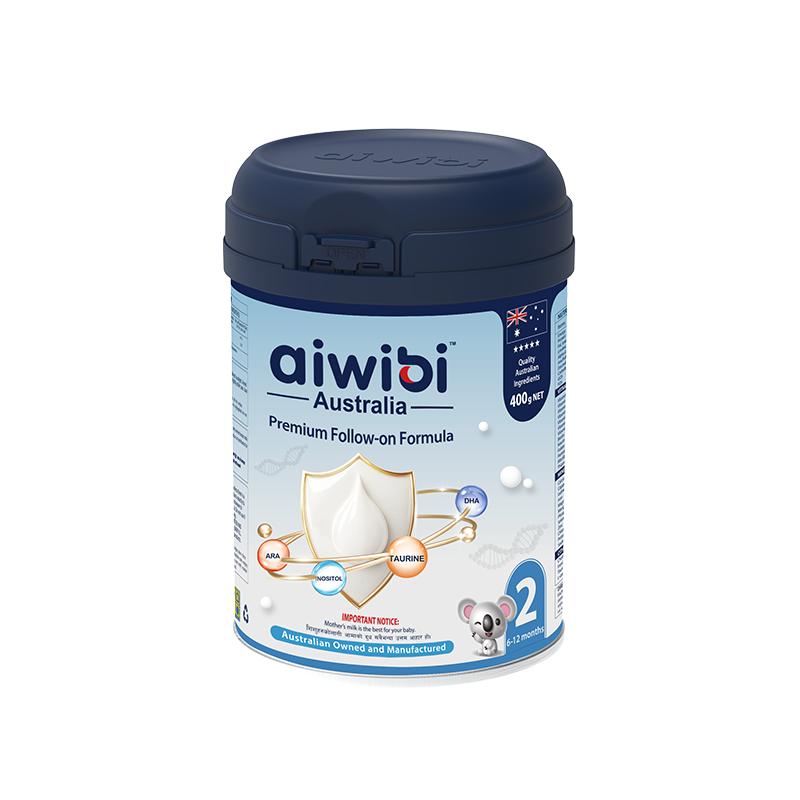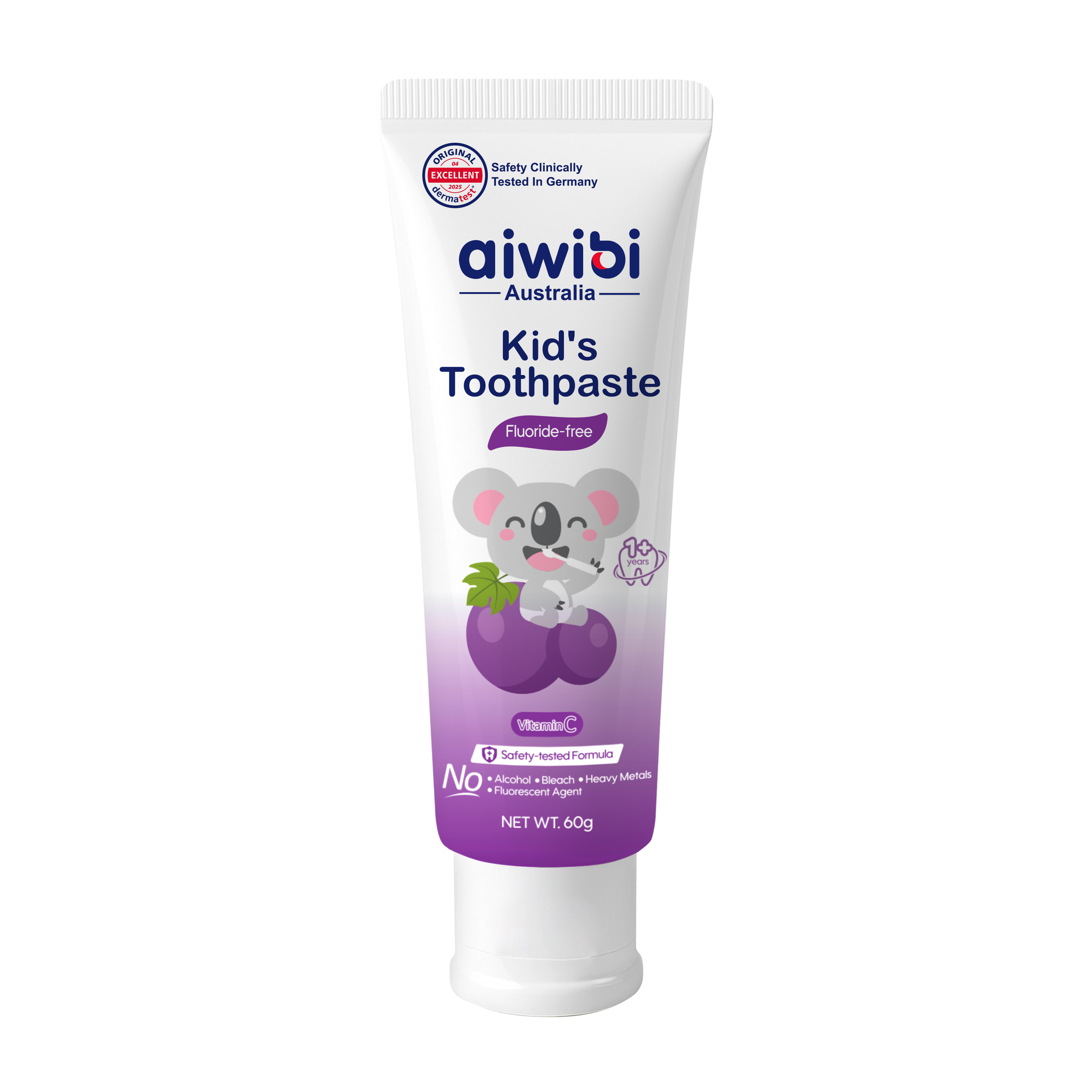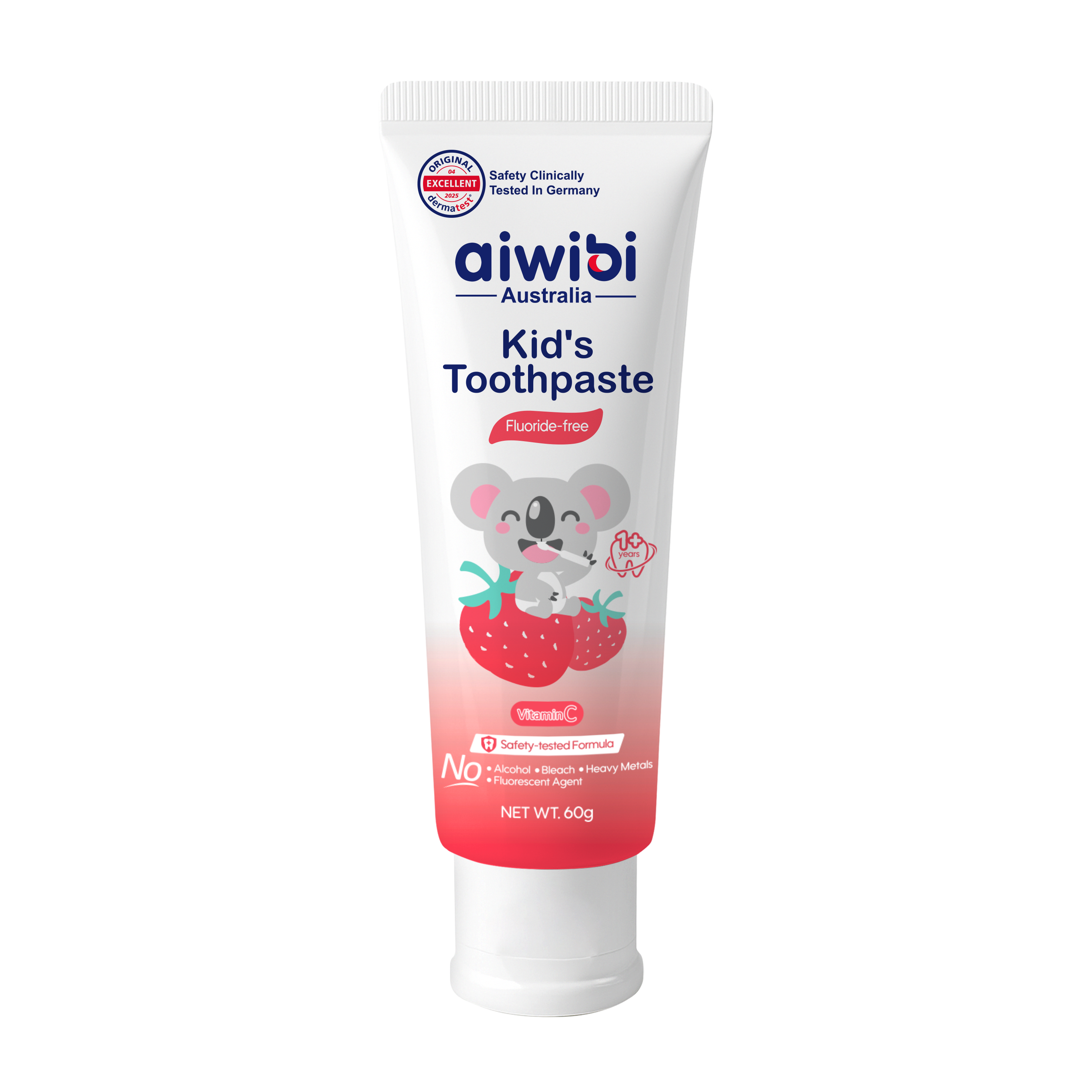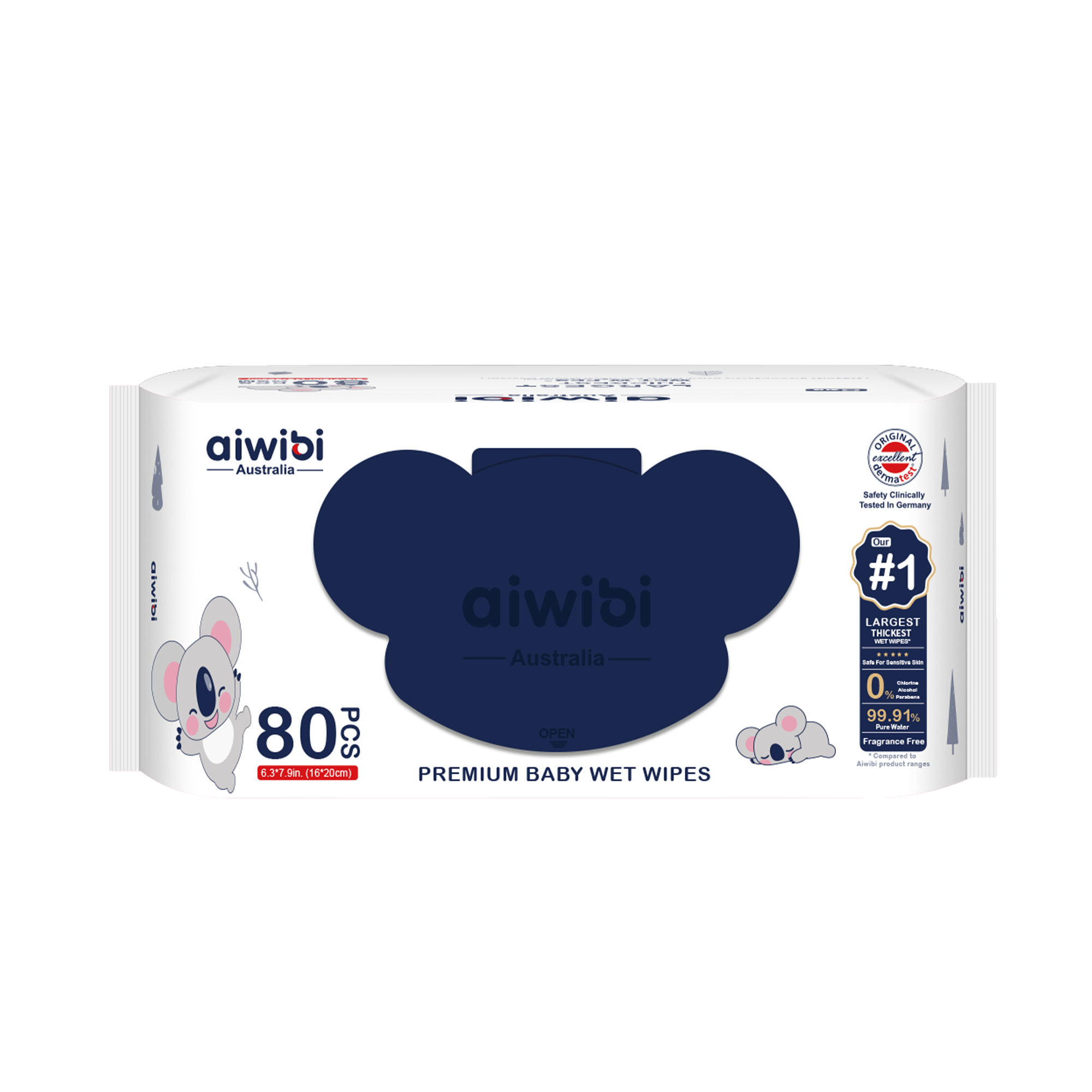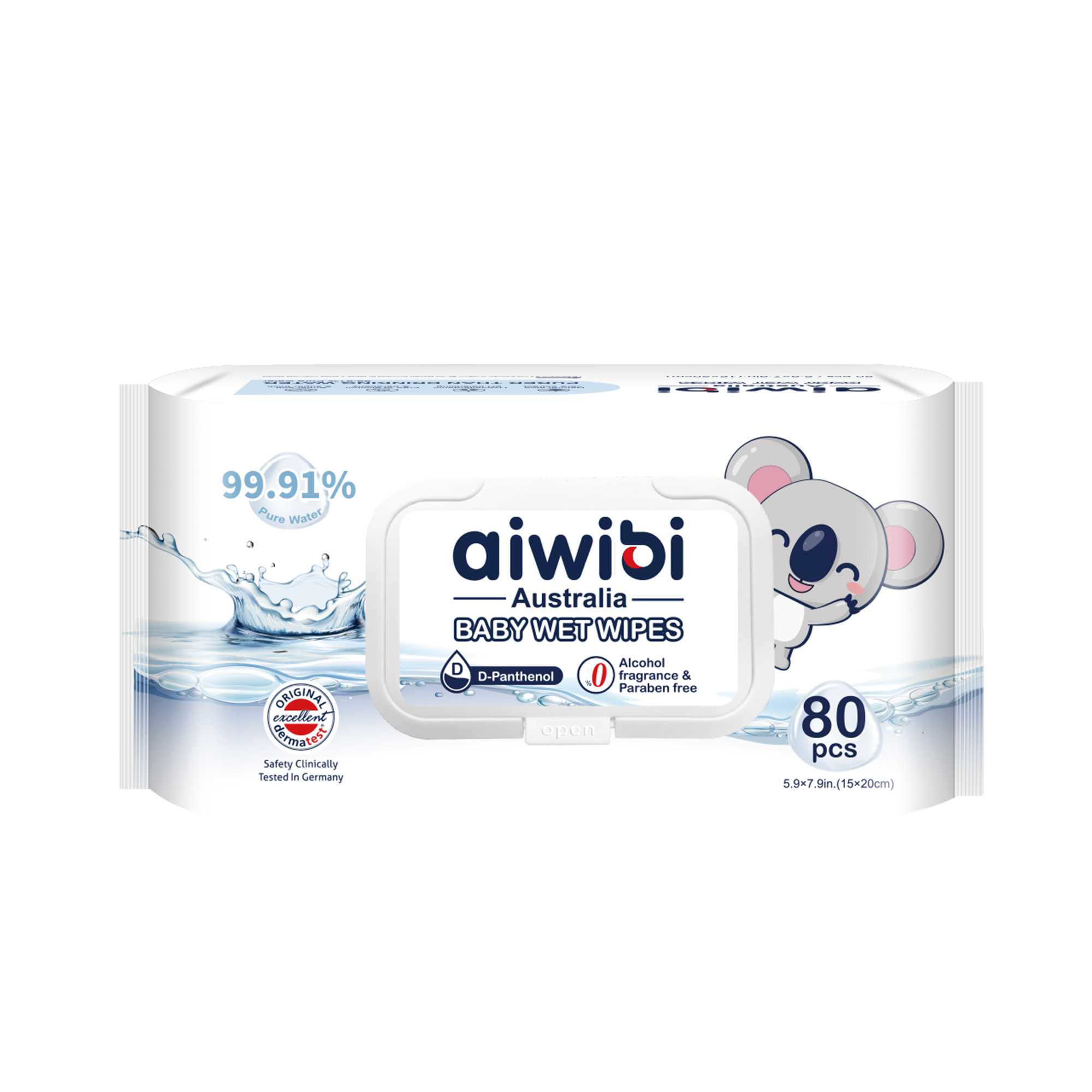A healthy smile starts early! As a parent in Nepal, you're probably thinking about the best ways to care for your little one. One important part of their health is keeping their mouth clean. Let's talk about when to start using a toothbrush, what kind to choose, and when toothpaste comes into the picture.
When Should a Baby Start Using a Toothbrush?
You can start cleaning your baby's gums even before their first tooth appears. Use a soft, damp cloth or a baby finger toothbrush made of silicone to gently wipe their gums after feedings. This helps to remove milk residue and get them used to having their mouth cleaned.
Once their first tooth pops through, usually around 6 months, it's time to introduce a proper toothbrush.
What Toothbrush is Recommended for Babies?
1) Choose Based on Age
- 0-6 Months (Before Teeth Erupt): Use a silicone finger toothbrush or oral cleaning gauze. Parents should gently wipe the gums and tongue surface.
- 6 Months - 2 Years (Primary Teeth Eruption): Choose a small-headed, soft-bristled toothbrush. The brush head length should be about 1.5-2 cm, with soft bristles and an easy-to-grip handle. Consider a baby first toothbrush or a baby soft toothbrush.
- 2-4 Years (Primary Teeth Fully Erupted): Select a toothbrush specifically designed for children. The brush head can be slightly larger (around 2 cm), with soft bristles and a non-slip handle. Look for options like Aiwibi baby brush toothbrush.
- 4+ Years (Permanent Teeth Eruption): Choose a toothbrush suitable for preschool children. The brush head should be a moderate size with soft bristles and an ergonomic handle.
2) Brush Head Size
- The brush head should be suitable for your baby's mouth size, generally no longer than the width of 2 teeth.
- A small brush head can better clean the gaps between teeth and along the gum line.
3) Bristle Material
- Choose toothbrushes with ultra-soft or soft bristles to avoid damaging your baby's delicate gums and enamel. Look for a silicone baby toothbrush for very young infants.
- The tips of the bristles should be rounded to reduce irritation to the gums.
4) Handle Design
- Non-slip Design: The handle should have a non-slip material or a textured design for easy gripping by parents and eventually the child.
- Appropriate Length: The handle length should be suitable for your baby's hand size for better manipulation as they grow.
- Cartoon Design: You can choose toothbrushes with cartoon characters or bright colors to increase your baby's interest, such as a baby bee toothbrush or baby pup toothbrush.
5) Safety
- Choose toothbrushes made of non-toxic materials to ensure safety during use.
- The edges of the toothbrush should be smooth to avoid scratching your baby's mouth. Consider the design of brands like Aiwibi baby toothbrush(Fluoride-Free) known for their safety features.

6) Electric Toothbrush vs. Manual Toothbrush
- Manual Toothbrush: Suitable for young babies, allowing parents to better control the pressure and cleaning method. Options like a baby finger toothbrush are great for starting.
- Electric Toothbrush: Suitable for babies over 3 years old. Choose a child-specific electric toothbrush with gentle vibration frequency and possibly music or light features to make brushing more enjoyable. Look for a baby electric toothbrush or a baby sonic toothbrush.
7) Replacement Frequency
- Replace the toothbrush every 2-3 months, or when the bristles are deformed or worn out. Consider buying brush baby toothbrush heads for easy replacement if using that brand.
- The toothbrush should also be replaced after your baby has been sick (such as a cold or oral infection) to avoid bacterial residue.
When shopping, you might find various brands at locations like a local pharmacy or online. Consider looking for best baby toothbrush options based on reviews and recommendations. You might also find helpful accessories like a baby toothbrush holder for hygienic storage.
Note: The diameter of the bristles of children's toothbrushes should be no more than 0.18 millimeters (Φ≤0.18mm), so as to avoid causing harm to children's gums.
When can babies start using toothpaste?
Can a 10-Month-Old Baby Use Toothpaste? This is a common question for parents.
For babies younger than 18 months (1.5 years), it's generally recommended to use water only on the toothbrush. Once your baby is around 18 months old, you can start using a tiny smear of baby toothpaste – about the size of a grain of rice.
Note:When choosing baby toothpaste, you need to consider the fluoride content, ingredients, flavor, brand and age appropriateness to ensure safety and effectiveness while developing your baby's brushing habits.
Baby Toothpaste: With or Without Fluoride?
Fluoride is a mineral that helps to strengthen tooth enamel and prevent cavities. However, too much fluoride can be harmful for young children as they tend to swallow toothpaste.
Fluoride vs. Fluoride-Free Baby Toothpaste:
| Feature | Fluoride Toothpaste | Fluoride-Free Toothpaste |
|---|---|---|
| Main Benefit | Prevents decay (strengthens enamel). | Gentle oral care, prioritizes safety. |
| Key Point | Small amount needed (swallowing risk). | No fluoride intake concern. |
| For | Effective decay prevention (with care). | Parents preferring fluoride-free for babies. |
| Ingredients | Contains fluoride. | Gentle cleansers, may include xylitol. Natural care focus. |
| Recommended age | More than 18 months. | Also available under 18 months. Natural care focus. |
Toothpaste Guidelines for Babies and Toddlers:
- Non-fluoride toothpaste is a safe initial option for babies under 18 months, eliminating fluoride ingestion concerns. While fluorosis risk leads some to avoid fluoride early on, a rice-grain-sized smear of fluoride toothpaste is recommended from the first tooth (around 6 months) to age 3. For ages 3-6, use a pea-sized amount.
- Fluoride toothpaste is generally advised after 18 months for its cavity protection, but use only a tiny amount. For babies under 18 months, non-fluoride is a safe alternative. Dentists often recommend a small amount of fluoride toothpaste for older babies and toddlers to prevent decay.
- Always use baby/toddler-specific toothpaste with mild flavors and appropriate fluoride levels. Supervise brushing to ensure spitting and minimize swallowing.
- Aiwibi Baby Toothpaste offers a safe and gentle start to oral care without fluoride, ideal for parents seeking a fluoride-free option for their baby's first teeth.
How to Brush Your Baby's Teeth
- Position your baby comfortably (lap position works well)
- Use gentle, circular motions
- Brush all surfaces - front, back, and chewing surfaces
- Make it fun with songs or games
- Brush twice daily (morning and before bed)

Proper Toothbrushing Technique (Bass Method)
The Bass Technique is the most scientifically recommended brushing method by dentists. It effectively cleans teeth and gums while preventing damage. Follow these steps for your baby's oral care:
1. Brush Angle
Hold the toothbrush at a 45-degree angle to the teeth.
The bristles should gently touch where the teeth and gums meet (gumline).
2. Divide the Mouth into Sections
Split the mouth into four parts:
- Upper left
- Lower left
- Upper right
- Lower right
Spend about 30 seconds per section (total brushing time: 2 minutes).
3. Gentle, Short Strokes
Use small back-and-forth vibrations (about 1-2 teeth wide).
Do not scrub hard—this can harm gums and enamel.
4. Clean All Tooth Surfaces
Outer surfaces: Brush up-and-down or in gentle circles.
Inner surfaces: Keep the 45-degree angle, especially on front teeth.
Chewing surfaces: Place the brush flat and move back and forth.
5. Clean the Tongue
Gently brush the tongue to remove bacteria and freshen breath.
6. Rinse Thoroughly
Use clean water to wash away toothpaste and debris.
Remember, establishing good oral hygiene habits early is crucial for your child's lifelong health. If you have any specific concerns or questions about your baby's teeth, always consult with a dentist in Nepal. They can provide personalized advice based on your child's individual needs.

